- the validation route to follow
- and the necessary documents to demonstrate that your system is suitable for the use that will be given and complies with the GxP regulation.
GAMP Category 1: Infrastructure
Infrastructure: platforms on which computer applications or elements are necessary to operate and manage information technology environments run.
Examples: operating systems, firewall, antivirus.
GAMP Category 3: Non-configurable software
Non-configurable software: software without configurable functions, they are marketed freely or are integrated into hardware to allow their operation.
Examples: tools for statistical calculation, software for data acquisition without configuration capacity, control panel viewers, spreadsheets used as databases or as documents without some level of configuration.
GAMP Category 4: Configurable software
Custom or bespoke software: They are those that are tailored to meet specific needs of the organization that optimize its processes.
Example: ERP (Enterprise Resource Planning), LIMS, Spreadsheet applications with formulas and / or input data linked to specific cells, production equipment control systems associated with the process (eg PLCs).
GAMP Category 5: Custom or bespoke software
Custom or bespoke software: They are those that are tailored to meet specific needs of the organization that optimize its processes.
Example: Examples include software add-ons for categories 3 and 4, spreadsheets with VBA scripts, unique and dedicated systems, ERP systems or developments of these made to meet the specific needs for an organization or a specific business, among others.
Why is there no GAMP category 2?
Nowadays, firmware has evolved to the point the majority is counted as category 3, 4, or 5. So, when GAMP 4 transitioned to GAMP 5, category 2 was removed but the numbering was not changed, leaving only categories 1, 3, 4, and 5.


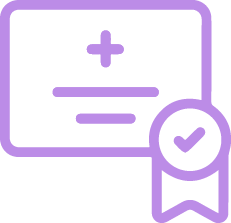
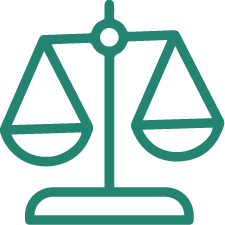
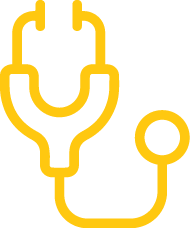
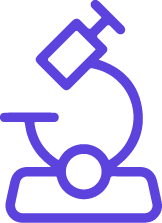
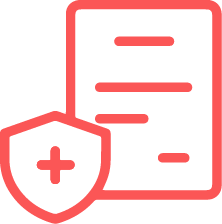





.jpg)











.jpg)







